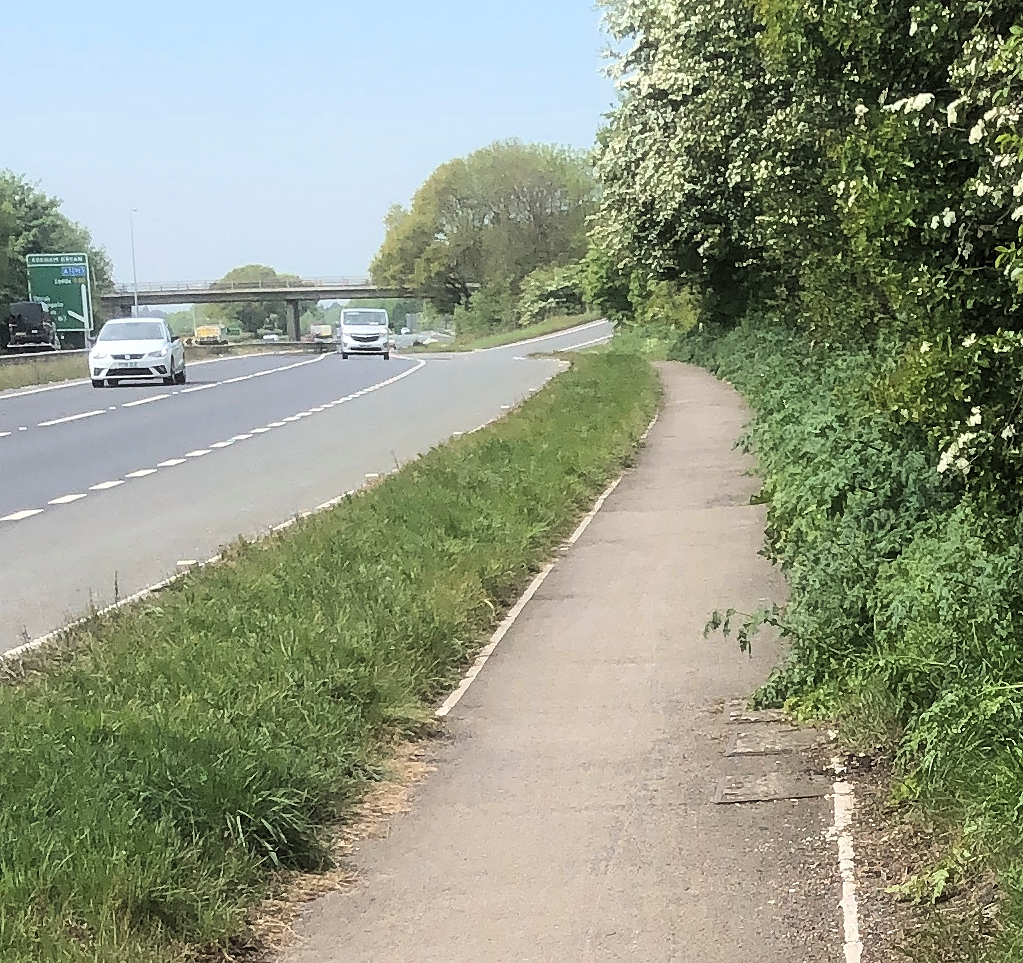Update 26th Oct 2023 1530 hrs
Not yet the rush hour, but major traffic congestion on all roads leading to Gillygate. Queued back to beyond the station to the west, beyond York Hospital to the east and to (and into) Burton Stone Lane along Bootham.

The trial metering of traffic onto Gillygate has had no material effect on air quality. Pollution levels remain very low.

The York Council are apparently conducting a trial aimed at reducing the numbers of vehicles on Gillygate.
They claim to be concerned about air quality which they say is adversely impacted by queuing vehicles on the street

Despite this the authority removed posters which advised drivers to switch off engines when stationary (many cars now have an automatic stop/start feature anyway)
Earlier in the year a survey revealed that about 50% of vehicle drivers had stopped their engines when in a queue. Most of those that didn’t were driving commercial vehicles or older model cars.
As the figures show, emmision levels are very low on Gillygate anyway, so why the Council would risk aggravating other road users – including bus passengers and cyclists – by imposing a “gate” restriction at the traffic lights is inexplicable. The restriction allows only small numbers of vehicles onto the street at any phase of the signals.
It is unacceptable for Council officials to conduct academic research exercises, which may impact on York residents lives, without prior consultation and publicity.
Simply shifting the traffic queues back onto Clarence Street and Lord Mayors Walk would just intensify any air quality problems for residents living in or walking down those streets.
Today there are significant traffic queues on Bootham, Lord Mayors Walk and Monkgate












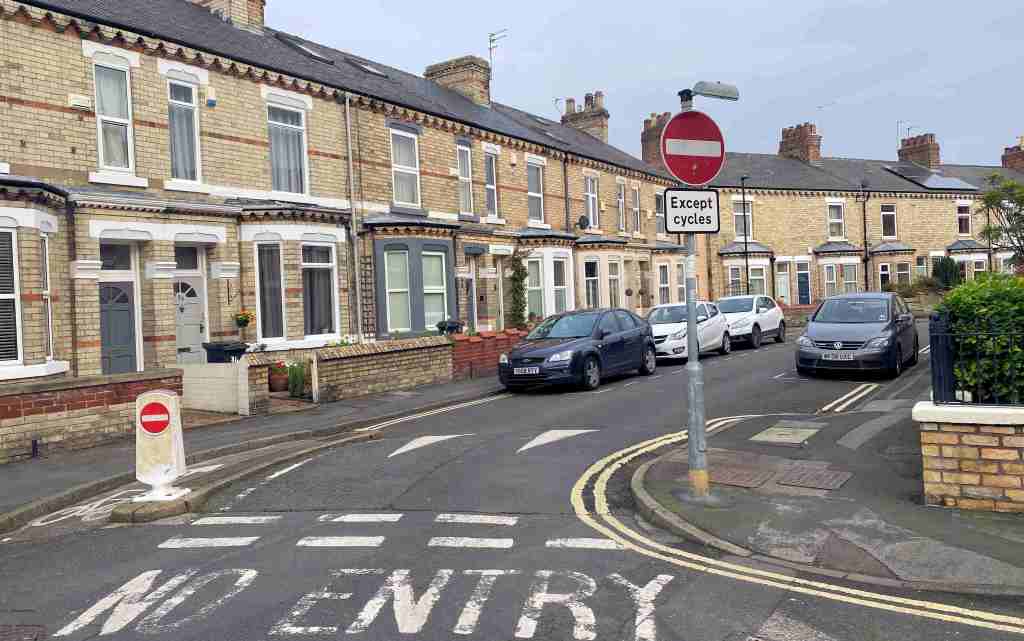

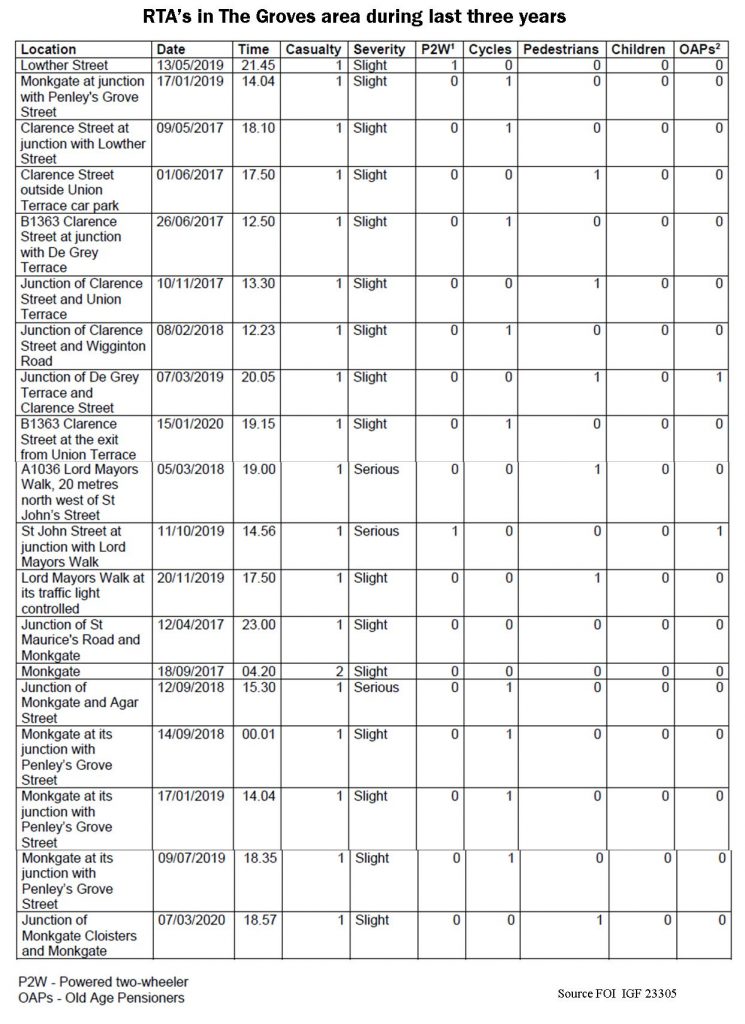



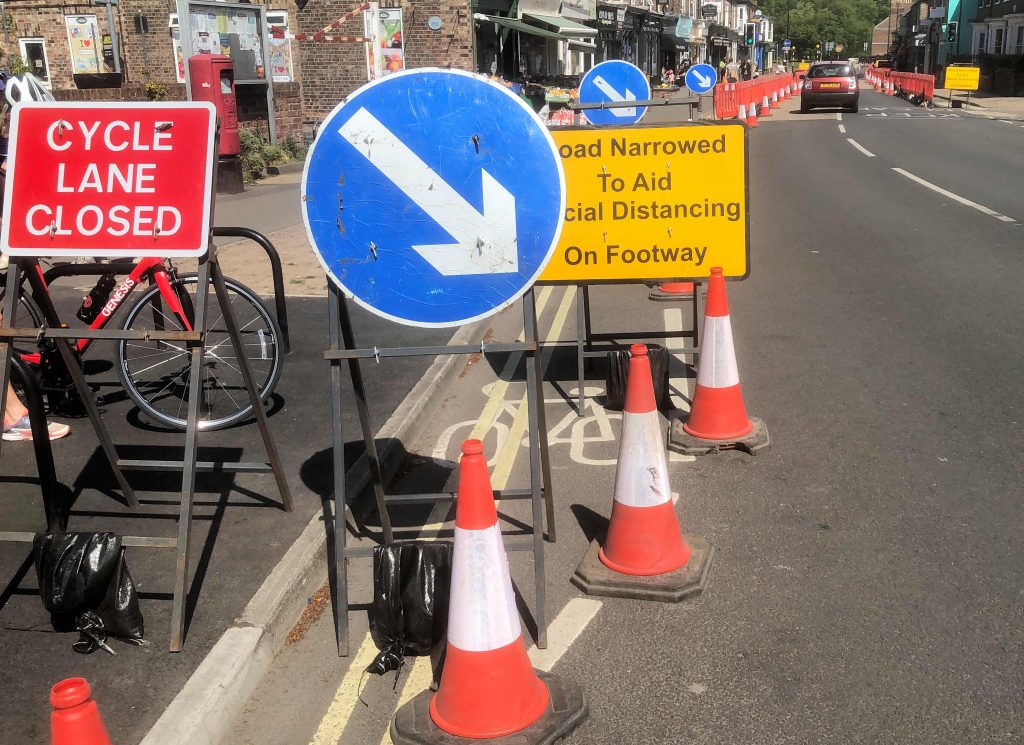

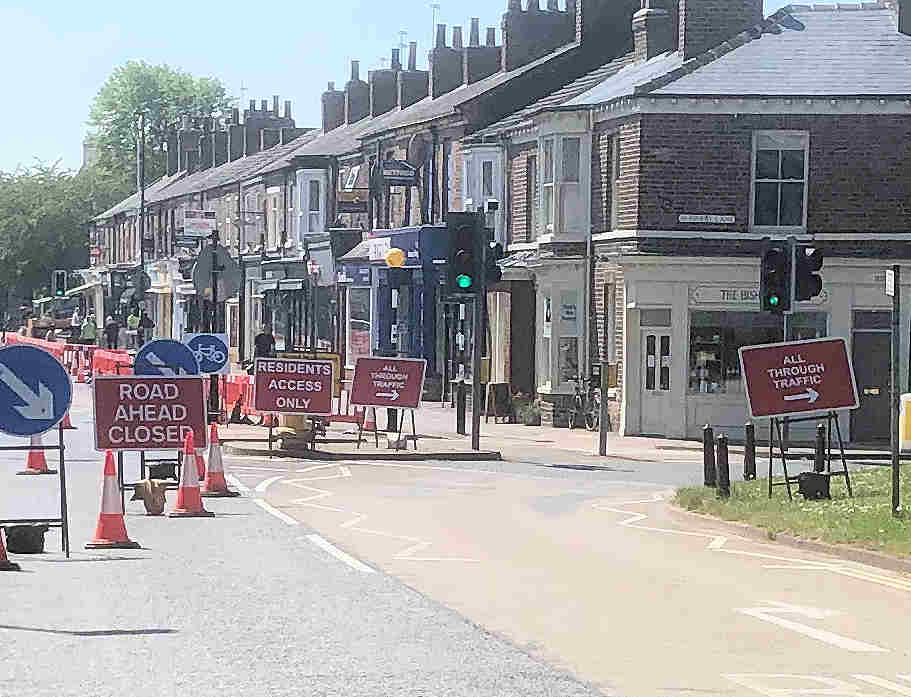 The Council
The Council 
